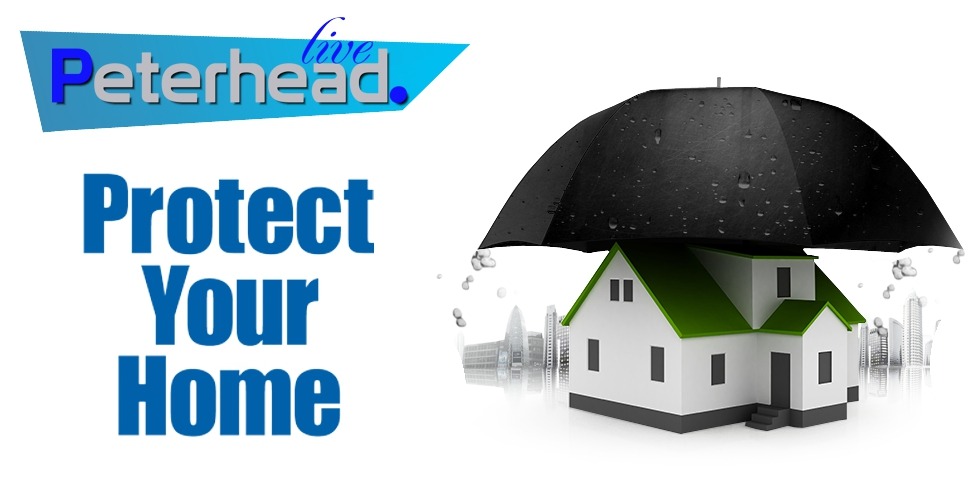Prepare your house to best resist new flooding

Prepare your house Once you’ve assessed your home’s overall risk of flooding

Prepare your house – Take any needed steps to properly flood-proof your home. Flood-proofing can range from expensive home renovations to free, basic maintenance. The steps you should take will depend on your home’s risk and how well the home was built to withstand flooding.
Prepare your house Flood-proofing renovations
If you’re building in a flood-prone area, or if your home was not built to withstand rising water, some flood-proofing work may be required in order to minimize flood damage. Here are some methods of flood control to protect your home from rising water.
- Raise your home on stilts or piers. While expensive to build retroactively, raising your house on stilts will raise your house’s flood level. Since even an inch of flood water can lead to significant damage, raising your home above the flood level will substantially protect your home.
- Install foundation vents or a sump pump. Foundation vents, a form of “wet flood-proofing,” allow water to flow through your home, rather than pool around it. This both provides an outlet for flood water and relieves the significant pressure it can put on your walls and basement windows. Sump pumps are frequently used to pump water out of basements where flooding happens regularly. We recommend a sump pump with a battery backup in case the power goes out.
- Apply coatings and sealants. A form of “dry flood-proofing,” coatings and sealants that you apply to your foundation, walls, windows and doorways help prevent flood water from leaking into your house through cracks.
- Raise your electrical outlets and switches. All outlets, switches, sockets and circuit breakers should be at least one foot above flood level to avoid significant electrical damage in the case of a flood.
- Install check valves on your pipes. Make sure that all pipes entering your house have valves to prevent a flooded sewage system from backing up into your home. Gate valves are preferred over flap valves, since they provide a better seal against flood pressure.
- Grade your lawn away from the house. If your lawn tilts toward your house, rainwater will pool around your home. Use a heavy soil that contains clay and sand to regrade your lawn so that surface runoff empties into an appropriate place, such as a street gutter.
- Leave space between mulch and siding. Wet mulch can rot your house’s siding, which in turn can lead to leaks. Keep space between your mulch and siding so that the base of your house can completely dry after rainstorms.
- Point your downspouts away from your home. If your gutter runoff is not pointed away from your house in an appropriate direction, it can pool at the corners of your house and may eventually create leaks in your basement.
In addition to the renovations above, protect your home’s internal and external appliances by raising them above the flood level. Usually, you can do this inexpensively by placing them on concrete blocks. Here are some appliances that should be elevated above flood level:
- Air conditioning units
- Generators
- Water heaters
- Washing machines
- Dryers

Prepare your house – Take preventive steps when flooding starts
If a storm is imminent, or flooding has already started, follow these steps to minimize flooding and water damage to your property:
- Turn off the water line, if that is the source of the flooding.
- Clear out gutters and drains so that water can flow freely.
- Use sandbags to block any gaps that will lead to flooding.
- Move rugs, furniture, electronics and other valuables to a higher floor of the home, or elevate them.
- Shut off your electricity at the breaker panel, if flood water is close to reaching your electrical system.
- If it’s not raining, open windows to allow air flow through your home.
- Turn on your sump pump or use a shop vacuum to remove water as quickly as possible.
- Photograph or videotape any flooding to document and defend your claim with your flood insurance provider.
Also please use FLOODING EMERGENCY NUMBER


